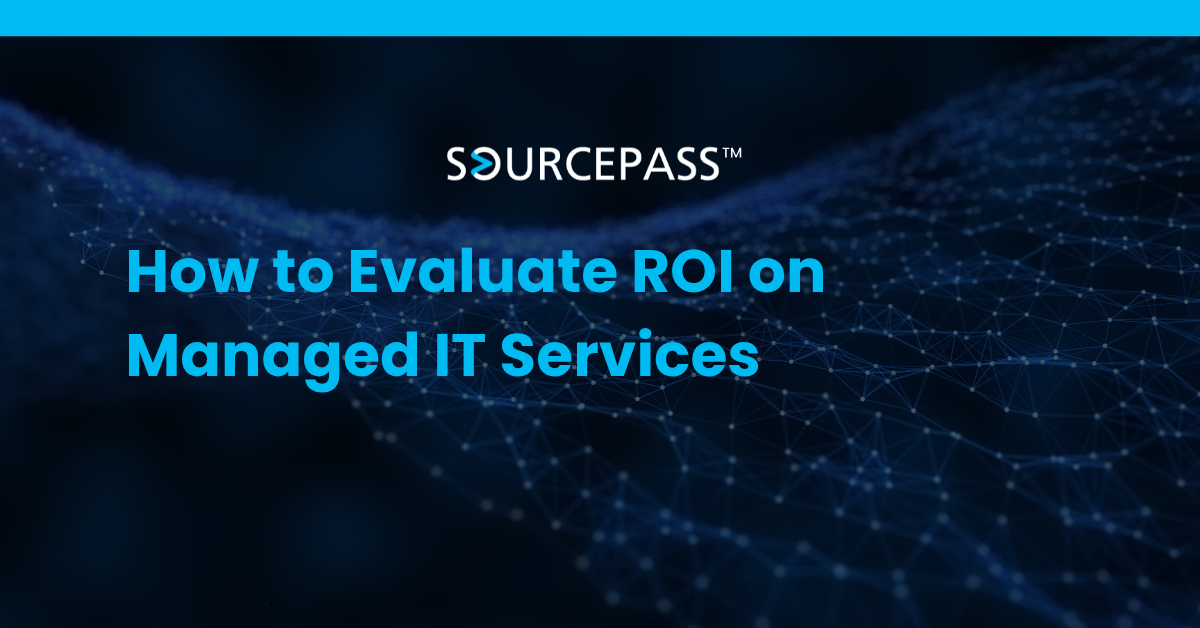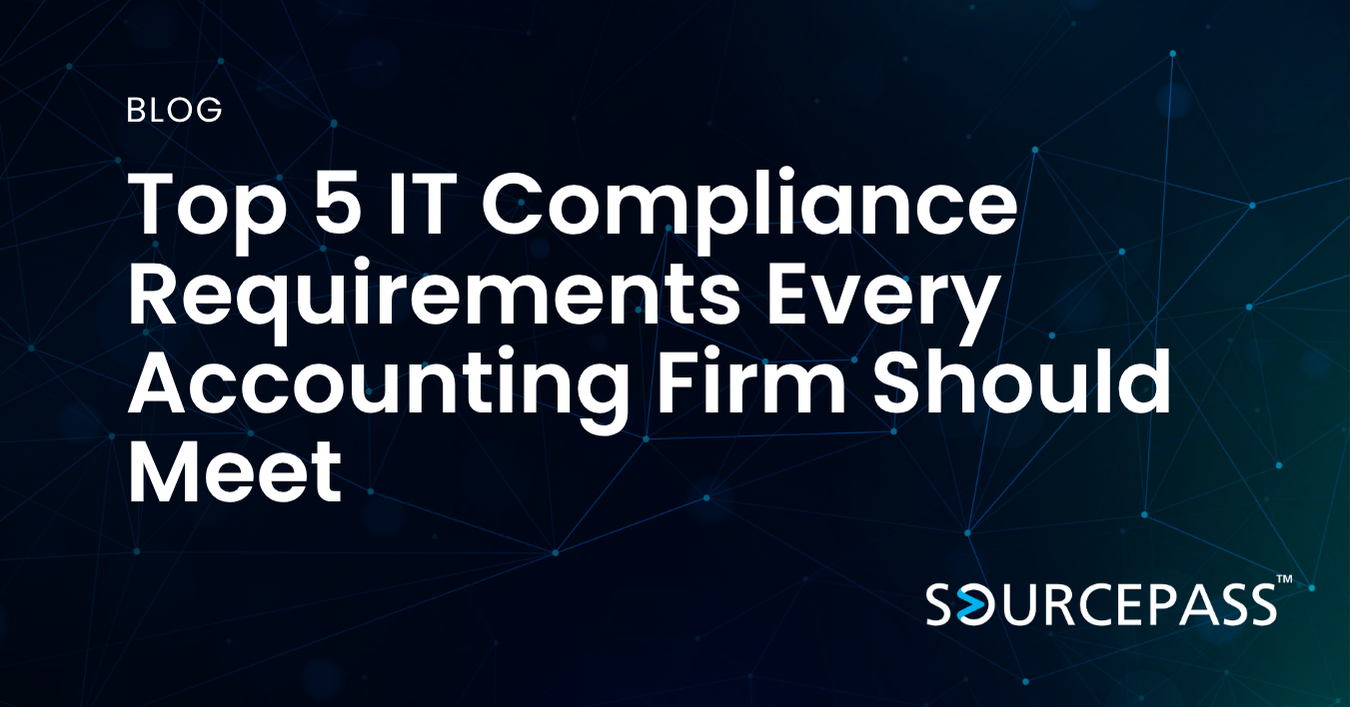How to Evaluate ROI on Managed IT Services
Oct 14, 2025 Alex Davis Strategy & Modernization | Costs & Budget | Managed IT 2 min read



For CFOs and finance leaders, managed IT services are not just a technical decision — they are a financial strategy. The question is no longer should we outsource IT, but what value are we getting from it. To justify recurring investments in managed services, finance teams need a clear and measurable approach to evaluating return on investment (ROI).
This guide breaks down how to assess ROI from managed IT services by aligning financial metrics with operational outcomes.
What ROI Means in the Context of Managed IT
Managed IT ROI extends beyond direct cost savings. It includes risk mitigation, productivity, uptime, cybersecurity readiness, and competitive enablement.
True ROI considers both tangible and intangible returns, including:
-
Reduction in infrastructure and maintenance costs
-
Decreased downtime and interruption risk
-
Stronger cybersecurity and compliance posture
-
Improved employee productivity and efficiency
-
Ability to scale technology with business needs
Direct Cost Savings to Measure
Reduction in Internal IT Spend
Managed services can offset staffing costs, benefits, training, and turnover associated with maintaining a fully internal IT team.
Hardware and Licensing Efficiencies
With vendor partnerships and proactive asset management, managed service providers (MSPs) help optimize licensing, reduce overprovisioning, and avoid emergency purchases.
Predictable Monthly Budgeting
Shifting from variable break-fix spending to flat monthly services creates financial predictability and smoother cash flow forecasting.
Operational Value and Risk Reduction
Downtime Prevention
Unplanned outages carry significant financial impacts. Managed services provide proactive monitoring and maintenance that prevent revenue and productivity losses.
Security and Compliance
Breaches and non-compliance penalties are costly. MSPs deliver advanced security tools, threat monitoring, and frameworks that lower exposure to financial risk.
Strategic Guidance
Services that include virtual CIO (vCIO) or strategic IT planning ensure technology decisions align with long-term business goals, reducing wasted investment.
Indirect Returns to Include in ROI Calculations
Productivity Gains
Reliable systems enable faster workflows, fewer delays, and reduced frustration across departments, all contributing to operational efficiency.
Acceleration of Innovation
A well-managed IT environment enables faster adoption of new technologies, supporting growth initiatives and transformation projects.
Opportunity Cost Reduction
Internal teams can shift focus from troubleshooting to strategic projects, increasing overall organizational output.
How to Build a Financial ROI Framework
1. Establish Baseline IT Costs
Track existing spend on staffing, hardware, maintenance, software, downtime incidents, and security events.
2. Define Measurable Outcomes
Identify metrics such as reduced ticket volume, time-to-resolution improvements, system uptime, audit success rates, and user satisfaction.
3. Quantify Risk Avoidance
Estimate financial impact avoided through breach prevention, continuity assurance, and compliance protection.
4. Align ROI to Business Objectives
Tie managed service outcomes to business priorities such as growth, scalability, or operational resilience.
Reporting ROI to Stakeholders
Present ROI in financial terms that resonate with leadership and board members:
-
Total cost reduction year-over-year
-
Productivity uplift represented in hours or revenue impact
-
Risk avoidance converted into financial protection
-
Strategic enablement with projected growth impact
Position managed IT not as a recurring expense, but as a preservation and growth investment.
Optimized FAQ
How do I measure ROI on managed IT services?
Measure direct cost reductions, productivity gains, reduced downtime, and avoided risk such as security breaches or compliance penalties.
Can managed IT services reduce internal IT costs?
Yes. Managed services often replace or supplement internal staffing, lowering costs related to salaries, training, turnover, and emergency support.
Is downtime a measurable ROI factor?
Absolutely. Preventing just a few hours of downtime can justify managed service costs when you calculate the impact on revenue and productivity.
How do managed IT services improve compliance?
Providers maintain industry standards, audit readiness, and regulatory frameworks to reduce the risk of financial penalties.
What financial metrics should CFOs track?
Track total cost of ownership (TCO), annual IT spend trends, incident costs, SLA performance, and operational efficiency metrics.
Subscribe To
Sourcepass Insights
Sourcepass Insights
Stay in the loop and never miss out on the latest updates by subscribing to our newsletter today!


